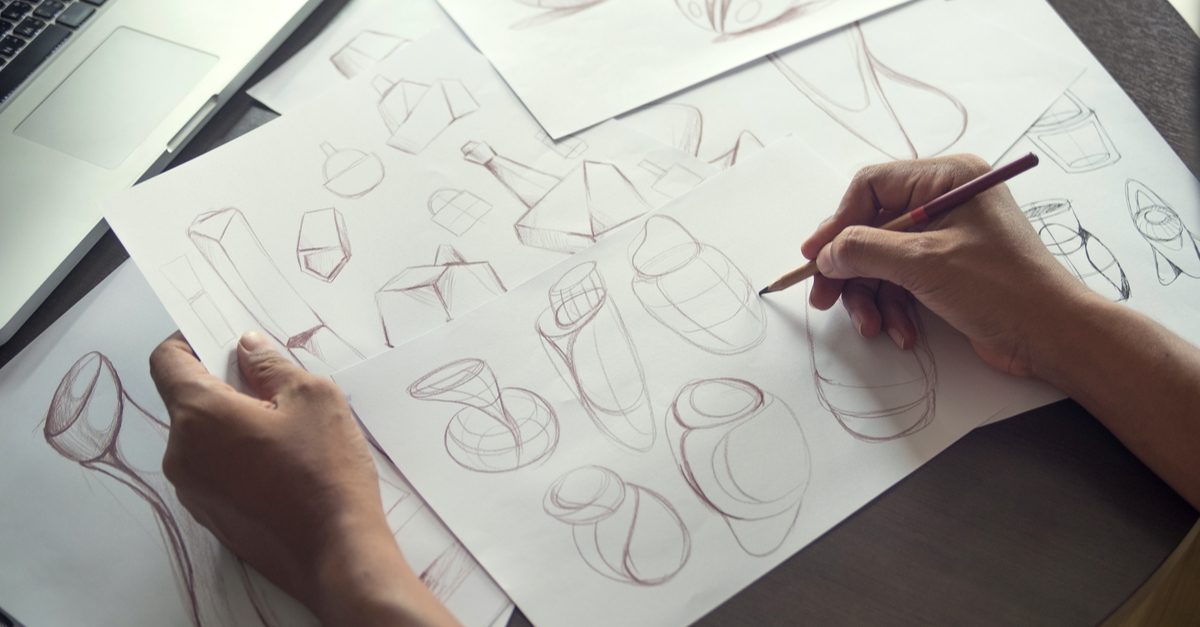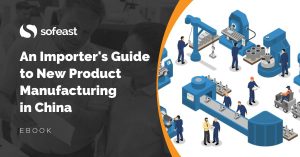If you have a new product concept that you want to manufacture in China in mind, don’t go straight to talk to a manufacturer (your concept is still too immature).
Instead, you need to start working on 2 axes at the same time:
- Market demand confirmation – will a sufficient number of people want to buy your product?
- Industrial design – what will it look like? (I am assuming you are designing an electro-mechanical product.)
To illustrate your product concept effectively, you’ll be providing your industrial designer with a brief.
5 things a good design brief for a new product concept includes
Now, every designer needs a brief, since they can’t read your mind. Communicating well with your designer is SO IMPORTANT!
But what exactly do you need to communicate to an industrial designer to make sure they grasp what your new product concept is?
I won’t attempt to provide an exhaustive list, but here are 5 components of a good product design brief.
1. Context, users, and objectives
- Describe the objective of the product: what problem does it solve, what benefit does it bring…?
- Who is the typical user? What context is the product used in? (Write as much as possible here.)
- What type of usage is it expected to be subjected to?
- How easy to use does it have to be? How easy to assemble? How easy to replace parts?
- Any special constraints to keep in mind?
2. Strategy & positioning
- Are there already competitors? What attributes are they strong at? Weak at?
- How will the product differentiate in the eyes of the target users? Different functions, more high/low end…?
- If the product and its competitors were a car, what brands would they be?
- How close to perfection will you require the prototypes to be? (Same quality of finishing as Apple? At the other extreme, maybe the aesthetic appearance doesn’t matter much?)
- Does it have to come with an eco-friendly claim? Is having only eco-friendly packaging sufficient?
3. Safety & compliance
- What country(ies) will it be sold into?
- What are the applicable safety standards?
- Does it touch food/beverages? Is it used by kids? Is it electrical?
- Is a market recall a possibility? (Implication: the need for identification & traceability, etc.)
- What are the required markings & labelling? On the product vs. on the packaging?
- Any non-compulsory certifications, or simply tests or elements of performance, that would help with marketing claims?
4. Quality & reliability
- What is the promised (or expected) lifetime of the product?
- Does it absolutely have to work every time? (In other words, how important is reliability?)
- What is very important from the user’s point of view? Key functionalities, key attributes… You have to let the designer focus on 1 or 2 “big ideas”, not get lost in a lot of complexity.
- What is acceptable performance?
5. Distribution
- Will it be sold retail? Any presentation & packaging constraints?
- Will it be sold in e-commerce? Any weight, volume, and packaging constraints?
Once an industrial designer has all this information, he/she is usually able to start working on high-level sketches. You might have to go into more depth later (and the points I outlined above are by no means exhaustive… our internal template is more than 200 points long and it is still far from complete!)
By the way, all this work is not just for designers! It can, in part, be used to build the product specification sheet and the testing plan, which then become parts of the quality standard.
How about you? How have you communicated your new product concept to a hardware designer? Any tips to share on what worked and what didn’t? Let us know by leaving a comment, please!
Are you designing, or developing a new product that will be manufactured in China?
Sofeast has created An Importer’s Guide to New Product Manufacturing in China for entrepreneurs, hardware startups, and SMEs which gives you advance warning about the 3 most common pitfalls that can catch you out, and the best practices that the ‘large companies’ follow that YOU can adopt for a successful project.
It includes:
- The 3 deadly mistakes that will hurt your ability to manufacture a new product in China effectively
- Assessing if you’re China-ready
- How to define an informed strategy and a realistic plan
- How to structure your supply chain on a solid foundation
- How to set the right expectations from the start
- How to get the design and engineering right
Just hit the button below to get your copy (please note, this will direct you to my company Sofeast.com):


